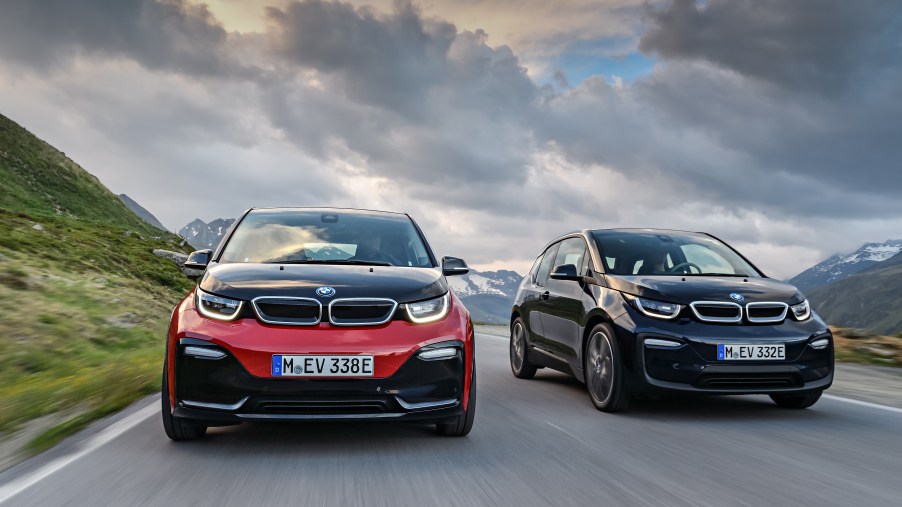
Here’s Why BMW Chose to Slowly and Carefully Introduce Electric Cars
Although BMW got an early start on the electrification drive with cars such as the i3, it did not make the most of that lead, eventually falling behind Tesla and Mercedes-Benz in the end. Unlike competitors such as Volkswagen; which last year announced plans to produce 10 million vehicles on its electric platform, BMW chose not to jump into the deep end of electrification. It opted for a more cautious approach towards the future of the electric car.
It’s been pretty clear that developing cars on platforms dedicated for EV, sometimes favoring the EV-specific solutions instead of the conventional ICE methods, offers multiple advantages such as packaging.
According to reports of a study done by the consulting firm of McKinsey & Company, non-native EVs force batteries into the ICE platform footprint which limits energy capacity. On the other hand, native EV battery packs take a rectangular shape which gives the EV up to double the range without raising the price. With this report in mind, why isn’t BMW making plans to come up with a dedicated platform for their electric cars that would compete with brands such as Tesla?
Jalopnik had a chance to sit down with BMW’s development chief during the company’s car show, and it became clear that BMW makes no apologies for playing it safe with electric vehicles.
It’s all down to the market
A big part of the reasoning behind BMW’s approach of ‘one platform serves all’ is based on the uncertainty in the market. The ‘one platform serves all’ approach describes BMW’s Cluster Architecture. The Cluster Architecture is what underpins the various rear-drive and all-wheel-drive BMWs and was developed specifically to accommodate different types of powertrains; combustion engines, hybrids, and completely electric.
BMW has spent a lot of time coming up with slim battery modules that can fit beneath its CLAR bones’ floor, including in the i4 which BMW intends to provide competition for the Tesla sedans.
Currently, BMW places hybrid batteries below the second-row seats of its cars which compromise both fuel tank and battery volume. After 2021, BMW plans to transfer the batteries to the floor in a configuration referred to as ‘Eagle Wing’ due to the shape the modules take.
The flexible design would allow BMW to react to any market demand and regulation changes. The intended architecture means that the recently announced plans to build 25 electrified vehicles by 2023 instead of the earlier promised 2025, would only involve a change in the mix of product.
Further describing this strategy, BMW’s Chief Technical Officer Klaus Fröhlich, stated that they could react to the short-term customer or regulatory requests, later insisting that the company could be able to build even 100 electrified vehicles by 2025 should it feel the need to.
Although other automakers are using the dedicated-EV skateboard design platform which optimizes the battery’s placement and maximizes range and interior volume, BMW feels its flexible CLAR architecture is superior.
While Fröhlich seems confident that the company will have a quick and safe way to dial up PHEV, ICE, and EV production strategically, the question becomes; will an electric vehicle based on flexible architectures be as optimized?
Though BMW’s Chief Technical Officer seems convinced that they have a smarter strategy, it seems that a pure-EV design would also work for BMW if demand were right.
Scalability
The other reason for BMW’s slow and steady strategy also has to do with scale. As compared to Volkswagen, BMW’s relatively low volumes might make developing a dedicated platform unfeasible and is another justification for its efforts towards its preferred flexible architecture.
Though Harald Krüger, BMW’s CEO stepped down, partly due to the criticisms for the company’s slow transition to electric vehicles, the company has not shown any signs of deviating from its current strategy. Using a flexible architecture for different powertrains isn’t as attractive as pure-EV design, but it’s clearly what the company thinks is right, at least for now.
All images provided by the manufacturer unless otherwise noted.


